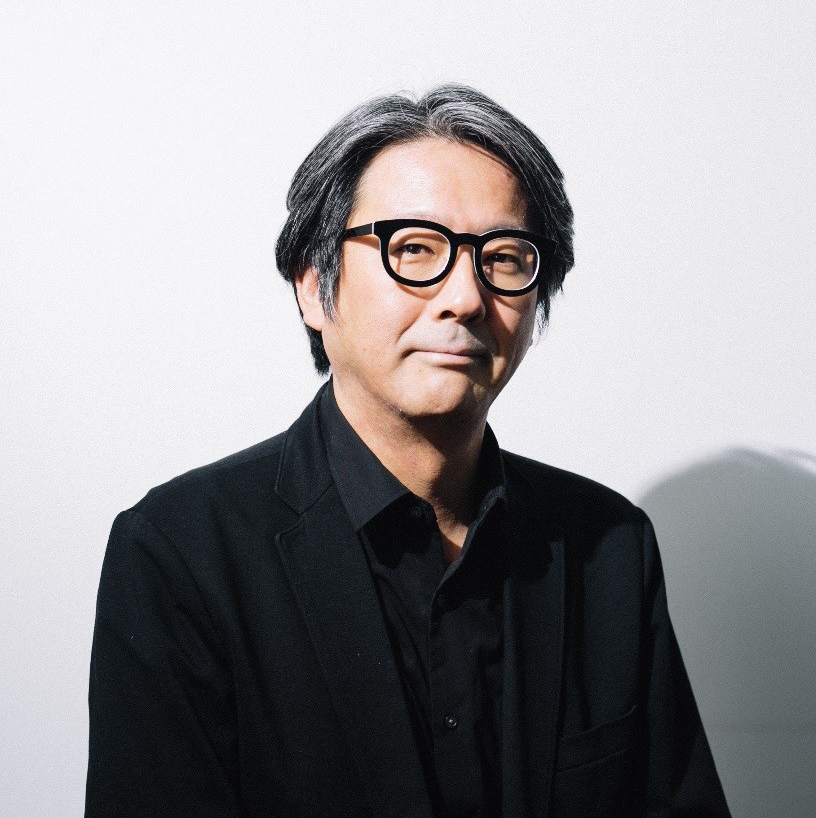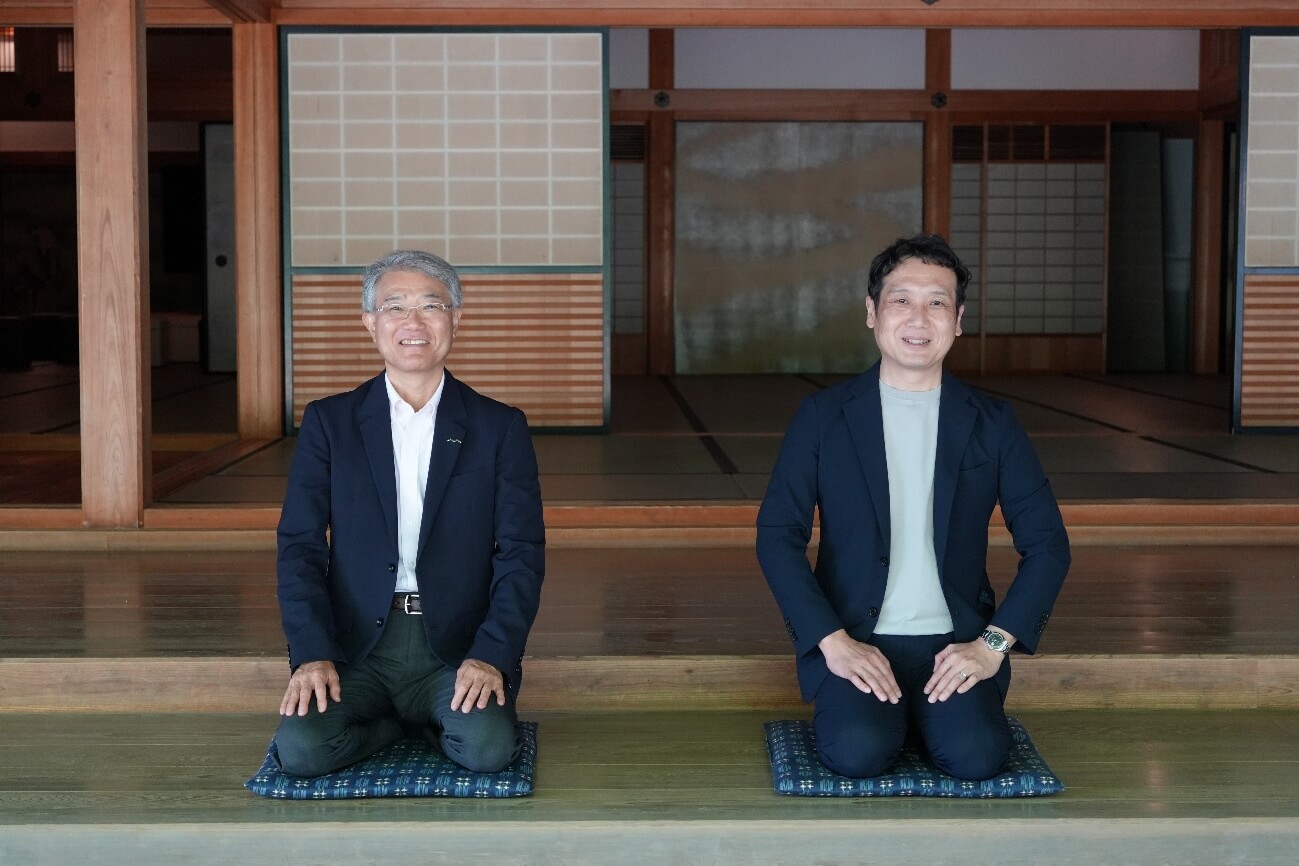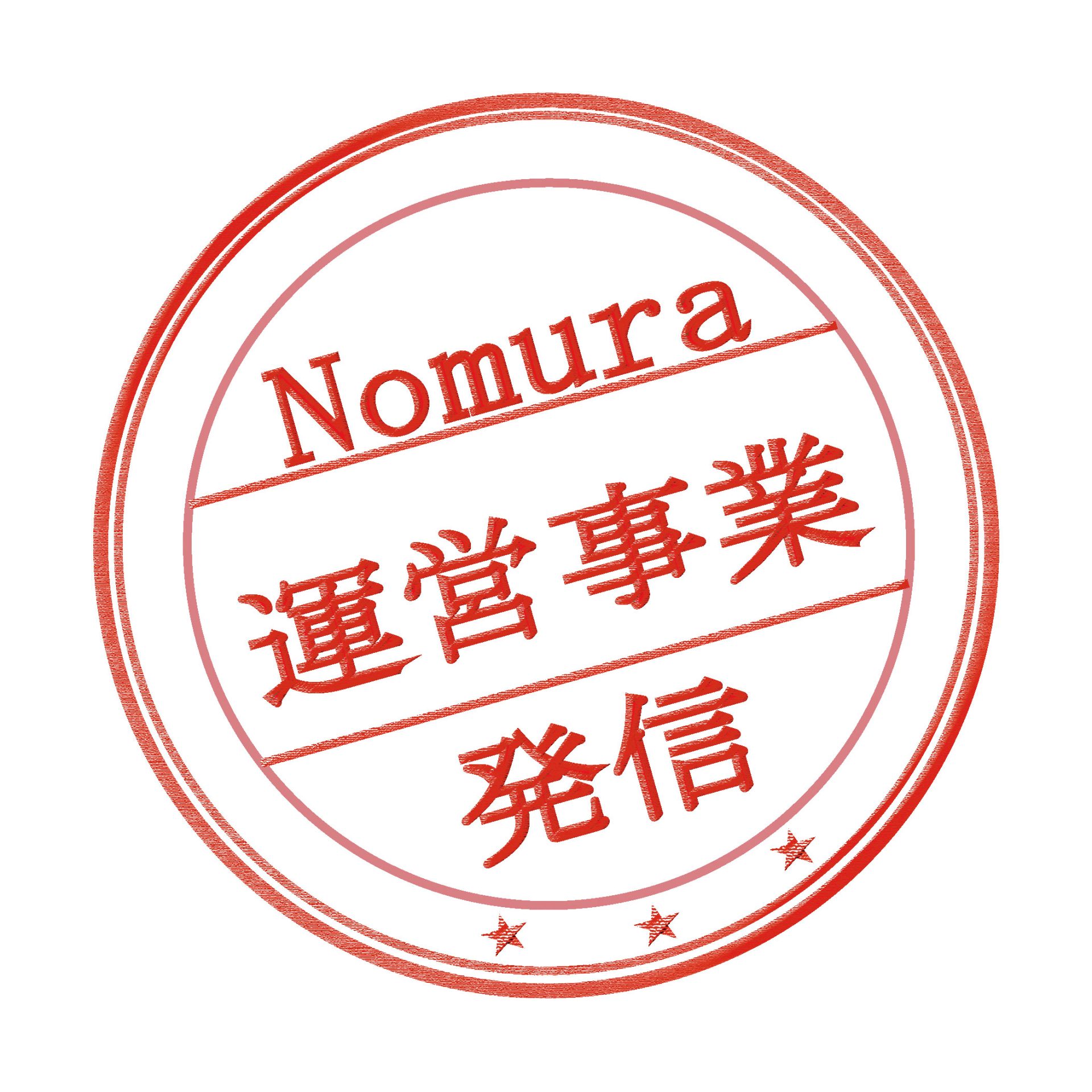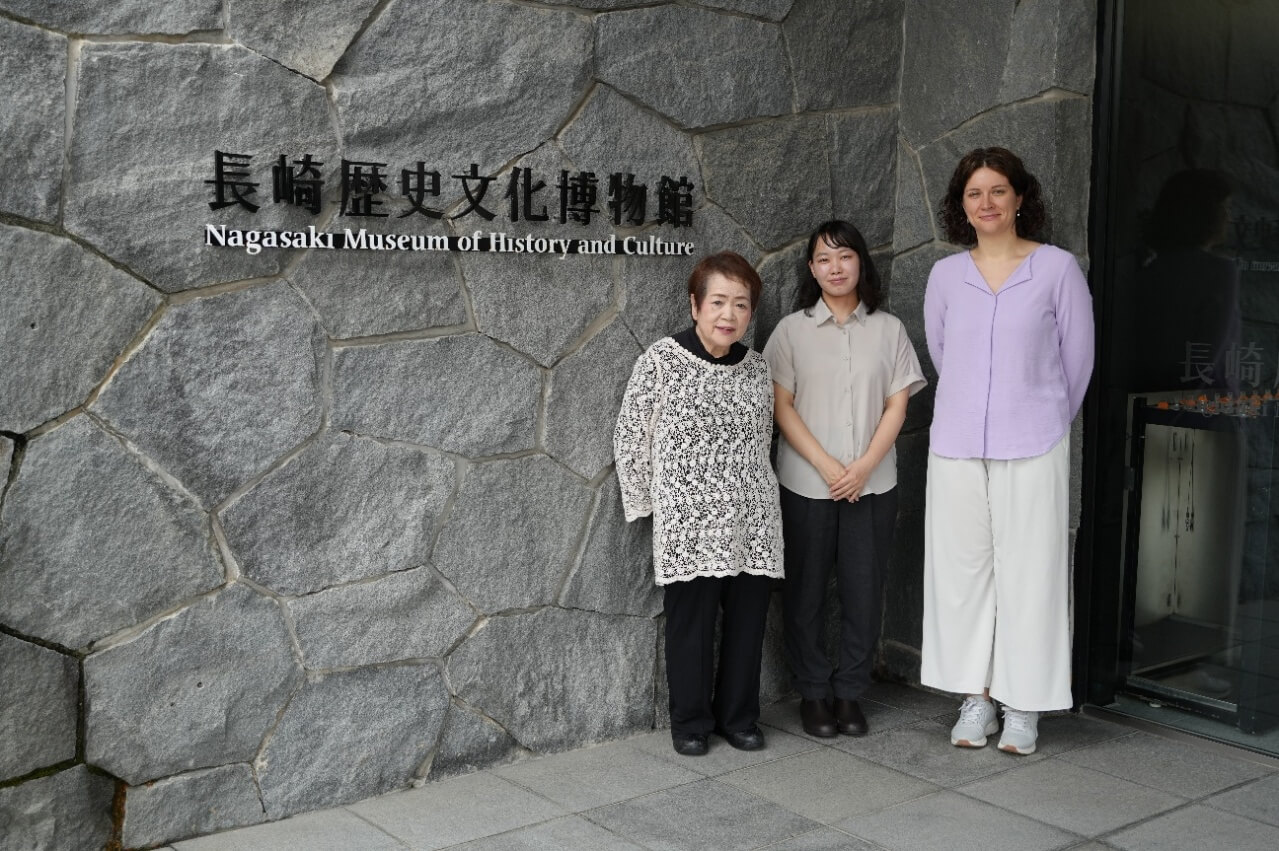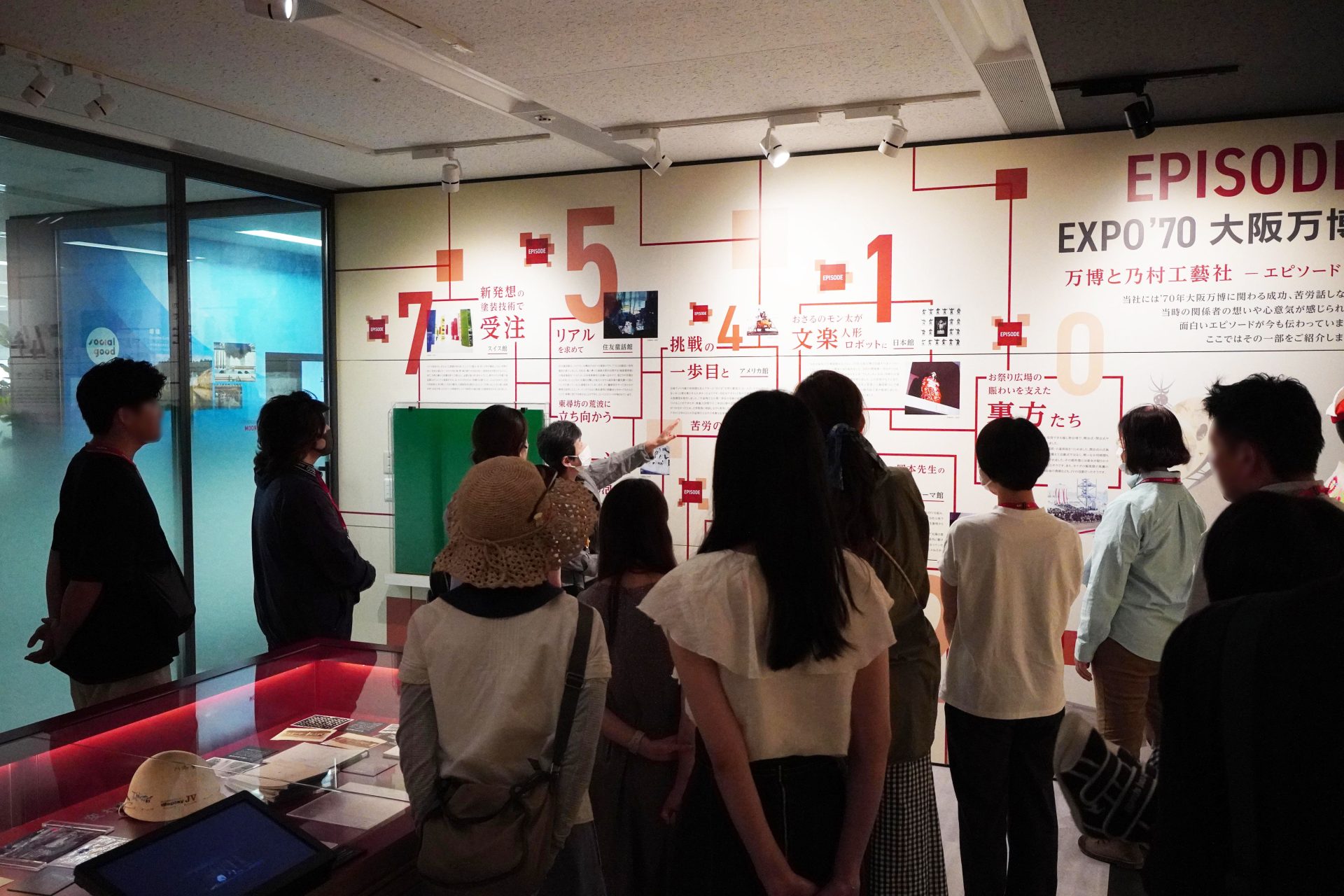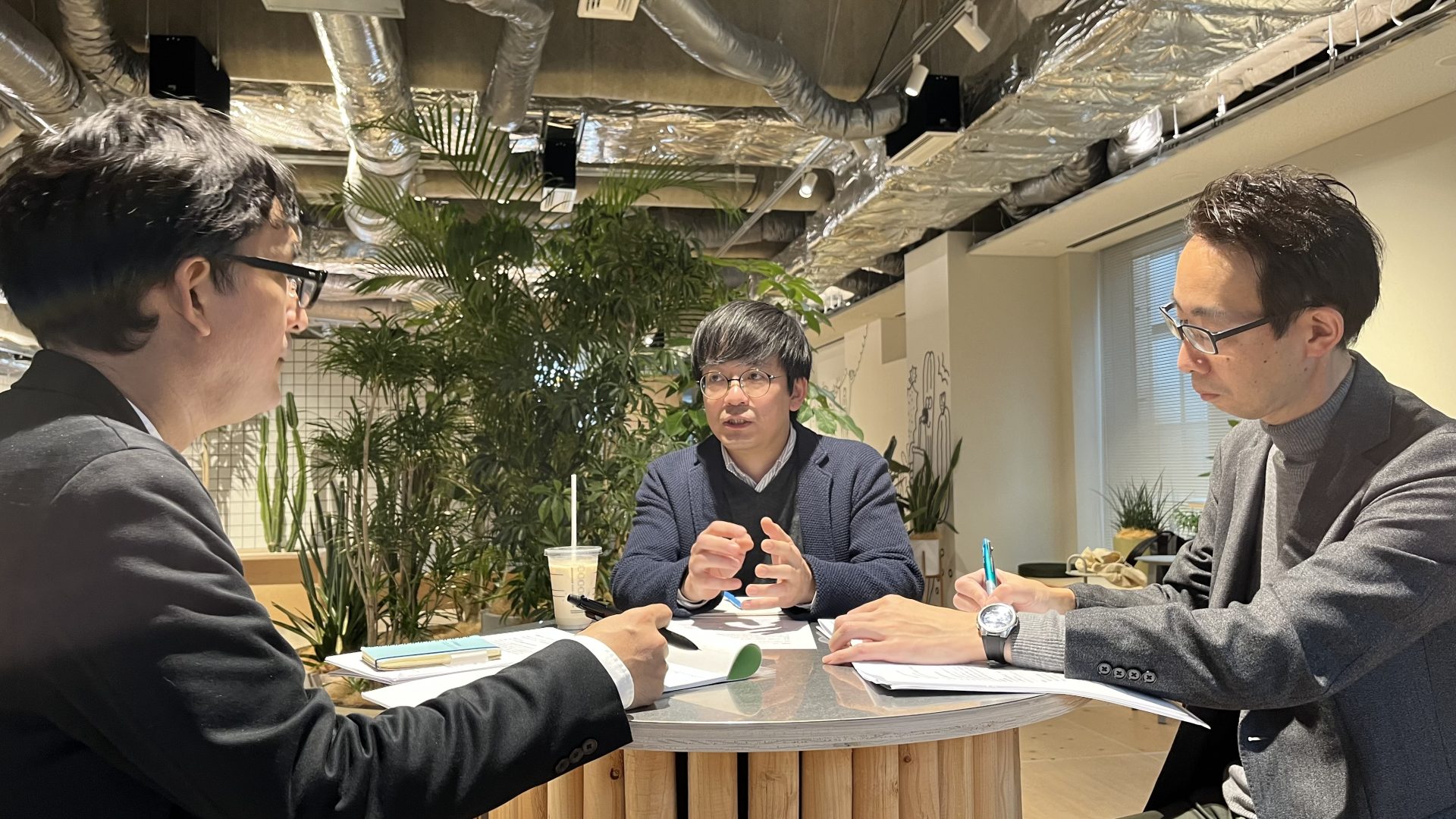
- text and edit by
- So Watanabe
Tourism creation is regional creation!
Two years ago, NOMURA Co., Ltd. entered into a comprehensive industry-university partnership agreement with the Hokkaido University Center for Advanced Tourism Studies (CATS). Until now, CATS has continued research exchanges for the development of regional culture and natural resources, such as the formulation of plans for the renewal of the red brick government building and the study group on cultural heritage management. While tourism is attracting attention as an industry that supports society, we have concluded a partnership agreement in order to promote practical joint research and industry-academia collaboration on tourism that leads to regional revitalization while making use of the strengths of both parties. I was. It is also the first time for NOMURA Co., Ltd. to conclude a partnership agreement with a research and educational institution such as a university.

Held by a total of 107 participants from industry, government and academia
As part of this research and exchange activity, on January 12th and 13th, 2018, the "Tourism Creation Research Group" was held at the "Pavilion Court" (nationally registered tangible cultural property) in Higashiyama, the city of culture, Kyoto. It was held. The Agency for Cultural Affairs, which has partially moved to Kyoto, will also participate in this event. From Hokkaido in the north to Taketomi Island in the south, the three parties involved in the development of historical and cultural towns, industry, government, and academia, will gather together to create a new era for cultural properties. We discussed how to link this system with sustainable tourism.
A total of 107 researchers, government officials, and practitioners from all over Japan participated in the forum and engaged in lively discussions.
Originally, this study group was started at the National Museum of Ethnology with Dr. Shuzo Ishimori (the first director of the CATS Center, currently the director of the Hokkaido Museum) as the chairman. It is done as an event. Researchers, government officials, practitioners, and companies from a variety of fields centered on tourism gathered in one place and exchanged discussions without discrimination in a roundtable format.

The theme of the study group is “Cultural Properties and Tourism in the New Era”
I would like to introduce some of the discussions at the study group, as well as Japan's movements and our thoughts on them.
With the partial relocation of the Agency for Cultural Affairs to Kyoto in 2018 and the revision of the Law for the Protection of Cultural Properties enacted in June 2018, there has been an acceleration of movements focused on the relationship between tourism and preservation and utilization. Annual tourist arrivals have finally surpassed 30 million, making the 2020 target of 40 million already achievable. There is no doubt that responding to the increasing tourism needs, including inbound tourists, will be the power to open up a new era for Japan.
With successive amendments to laws related to culture, the arts, and cultural properties, the word “tourism” has come to be deeply positioned in the promotion of culture and the arts in Japan. The preservation and utilization of historical cultural properties, which used to be under the jurisdiction of the local government's board of education, is now recognized as being under the jurisdiction of the Chiefs' Bureau, which promotes policies. It is thought that it will become more active, and as we visit all over the country on business, such voices are getting louder and louder as we enter the new fiscal year.
It can be said that the new era name "Reiwa" also has a wish to build a peaceful nation through culture, but the essence is how to protect and pass on the precious assets inherited from ancestors and make use of them. We need to have meaningful discussions. There is no doubt that comprehensively linking the cultural properties that are scattered in the region and promoting urban development based on historical and cultural properties will be an important keyword in the coming era.
Nichinan City “Town development based on the concept of creating customers and creating people”
In Nichinan City, where NOMURA Co., Ltd. has formed a comprehensive partnership with a local government for the first time, revitalization of the historic building preservation district in the Obi district is underway. In addition to utilizing historical samurai residences as facilities for exchange and lodging, it is also important to foster momentum for the utilization of town residents, create people, gather people from inside and outside the city, and implement initiatives aimed at sustainable town development. It's being done step by step.
Cultural projects tend to be viewed from the perspective of using taxes or subsidies, but the point in Nichinan City is that such projects can be implemented basically through the procurement and investment of funds by private businesses. It is practiced. Support from the government, including deregulation, boosted the business, and the success of one lodging business with Tokyo capital led to the commercialization of a restaurant facility by local residents. Tamachi-zukuri is spreading.
A way of thinking that leads to the realization of regional revitalization - the provision of public services by ppp.
The maintenance and management of cultural properties, which are public property, is a very big issue for the national and local governments in terms of maintenance and management costs. In this era when the infrastructure crisis of the high-growth period is also being called out at the same time, PPP (Public-Private Partnership), a method of providing public services through public-private partnerships, is attracting attention as a new way of thinking that will lead to the realization of regional revitalization.
In addition, there are examples of "Nagasaki Museum of History and Culture", which has been operated by NOMURA Co., Ltd. as a designated manager for 13 years, and Japan's first "prison hotel", which is being developed and managed under the PFI concession method. Through the example of "Nara Prison Hotel (provisional name)", new mechanisms and possibilities were also discussed.
A prison into a hotel? It may sound a little strange to hear that, but prisons are a symbol of the rule of law in a sense, and in order to show that the Meiji modern nation has become a country that can compete with other countries on an equal footing, the law is of course a modern prison. It was created in response to the demand for maintenance. It is a very beautiful building made of red bricks.
(For Nara Prison, see http://former-nara-prison.com/)
The Nara Prison Hotel is expected to play a role as a base for stay-type tourism exchanges, and plans to provide two accommodation functions: a dormitory type and a cultural property hotel that provides high-quality hotel services (including new parts). It has become. At the end of March 2019, it was announced that Hoshino Resorts will take over the services of this hotel.
There are already several examples of prison hotels in Europe, but this kind of complex development is the first attempt. will be I feel that the various tourism-oriented policies that are being promoted under the command of the government are a little too hasty, but there is no doubt that it is a new challenge.
Through comprehensive cooperation and joint research with the Hokkaido University Tourism Research Center,
We will conduct various research and practical approaches to regional revitalization.
Like this article?
